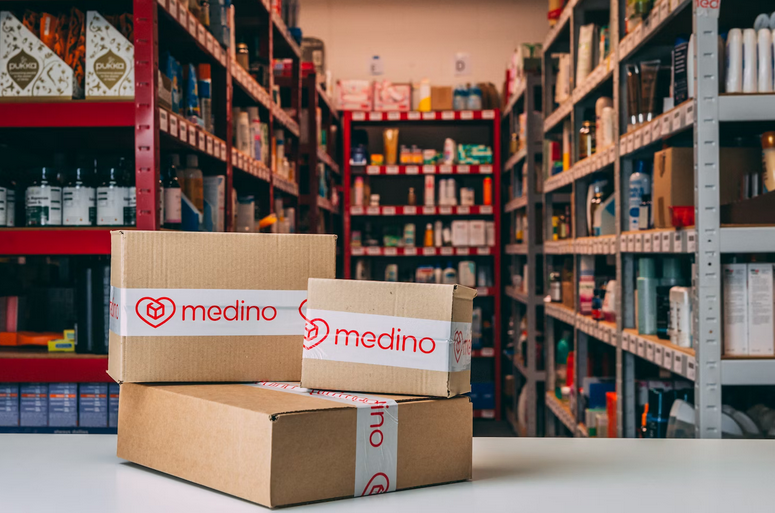From A to Z: Organizing and Categorizing Your Inventory Items

Welcome to the ultimate guide on organizing and categorizing your inventory items. Whether you’re a small business owner, an e-commerce entrepreneur, or simply trying to declutter your storage space, efficient inventory management is key to success. From assigning unique identifiers and utilizing advanced software solutions to considering self storage near Tweed Heads as an alternative, we’ve got you covered.
Let’s dive in and discover how you can streamline your inventory process like a pro.
Assign Unique Identifiers

When organizing your inventory items, assigning unique identifiers is a game-changer. Think of these identifiers as the DNA of your products – they help you track and manage each item with precision. Whether it’s barcodes, serial numbers, or custom codes, having a distinct label for every product ensures no room for confusion.
By giving each item its own identity, you can easily locate and monitor its movement within your storage space. This saves time and minimizes errors in stock counting and order fulfillment. Plus, when it’s time to restock or audit your inventory, having unique identifiers simplifies the process immensely.
Set up Storage Locations
When it comes to organizing your inventory items, setting up storage locations is key. Having designated areas for different types of products can streamline your operations and save you time searching for items when needed. Consider the layout of your space and allocate specific shelves, bins, or sections for various inventory categories.
For example, you might have a separate area for electronics, another for apparel, and a different one for office supplies. Labeling each storage location clearly will help you and your team quickly locate items. Use descriptive labels that are easy to read at a glance so everyone knows exactly where each product belongs.
Group Similar Items Together

When it comes to organizing your inventory items, grouping similar items together can streamline your warehouse operations. By categorizing products that are alike in terms of size, shape, or type, you can enhance efficiency and save time when retrieving stock. Creating specific sections within your storage facilities for different categories of items allows for easy navigation and reduces the chances of misplacement.
For example, keeping all electronics in one area and clothing in another can prevent confusion and help employees locate products swiftly. Moreover, grouping similar items enables you to identify trends in sales patterns more effectively. This practice can assist in forecasting demand accurately and optimizing reorder quantities based on historical data.
Use Inventory Management Software
Utilizing inventory management software can streamline your business operations by providing real-time visibility into your stock levels, tracking sales trends, and generating detailed reports. This software allows you to categorize items efficiently, assign unique identifiers, and easily set up storage locations. Centralizing all your inventory data in one place allows you to easily access information about each item’s location, quantity on hand, and reorder points. This helps prevent stockouts and overstock situations while improving overall inventory accuracy.
Moreover, many inventory management systems offer automation features like barcode scanning and batch tracking to simplify receiving shipments and fulfilling orders. With automated alerts for low stock or expiring items, you can proactively manage your inventory levels without manual intervention.

